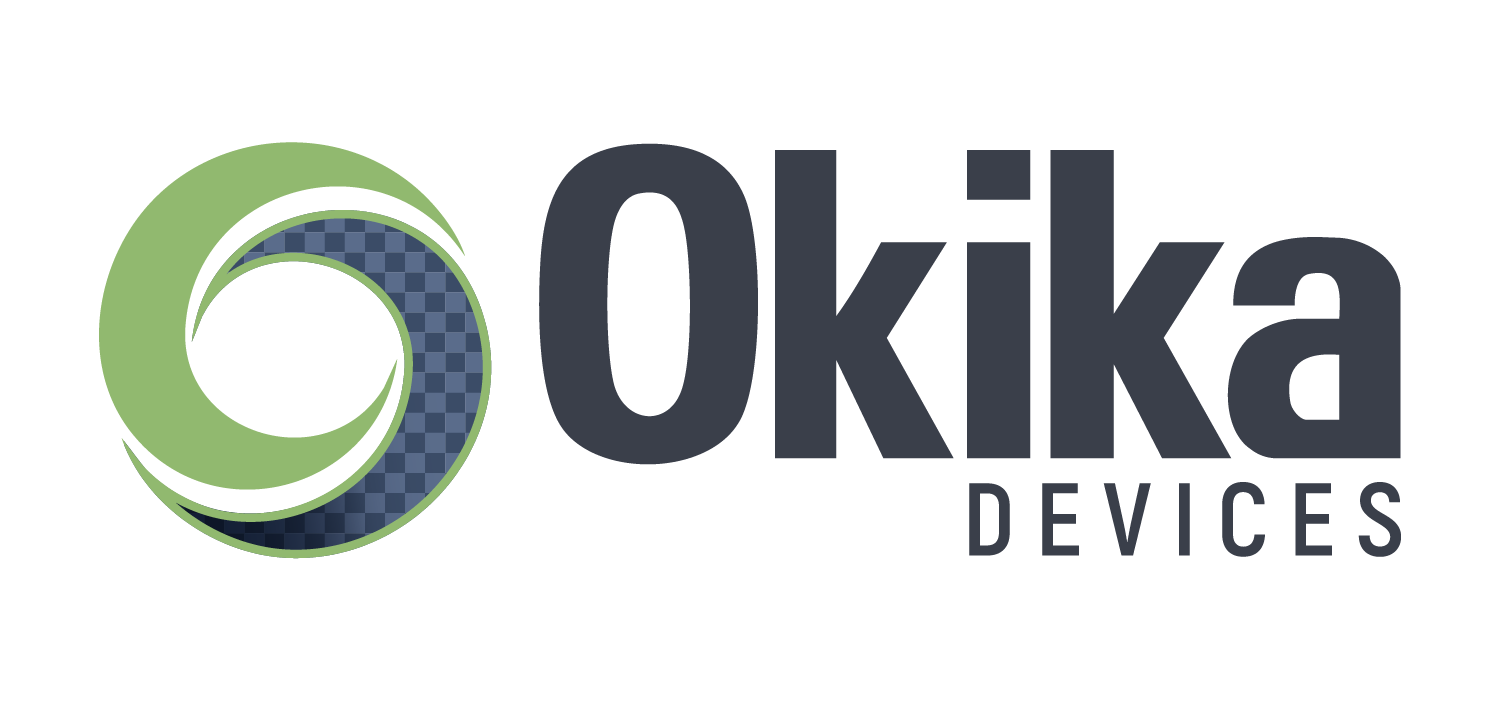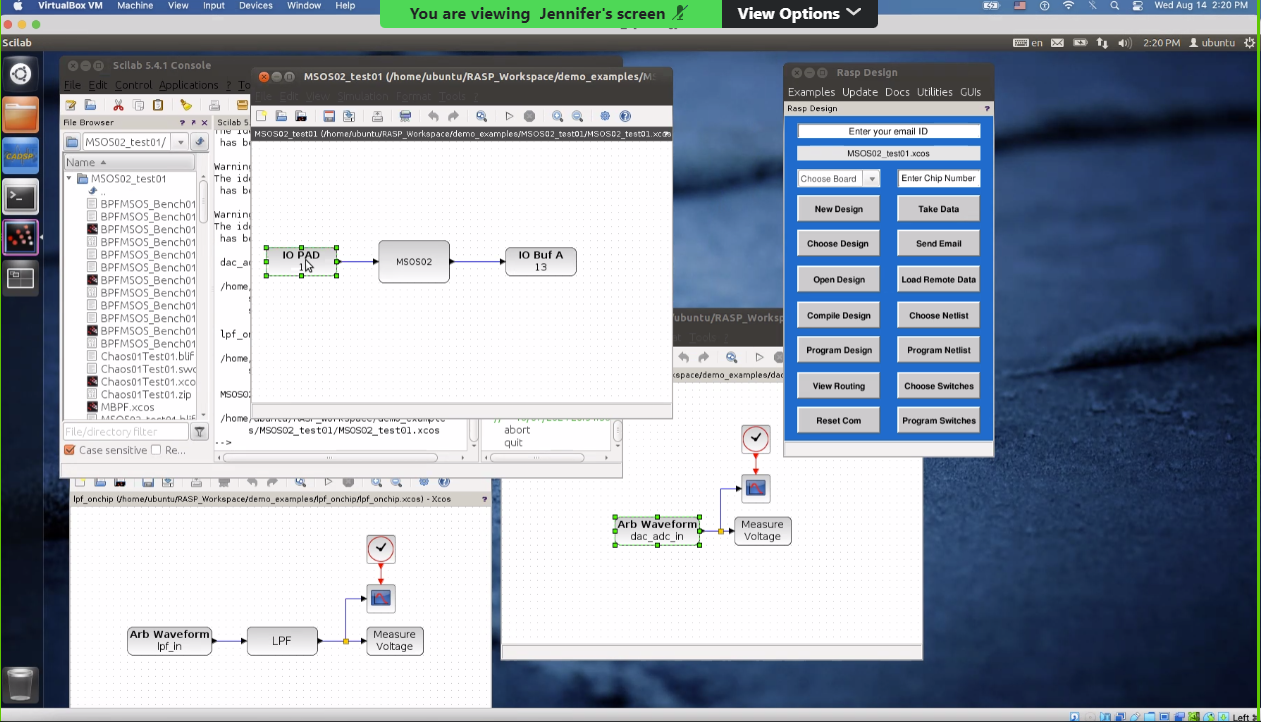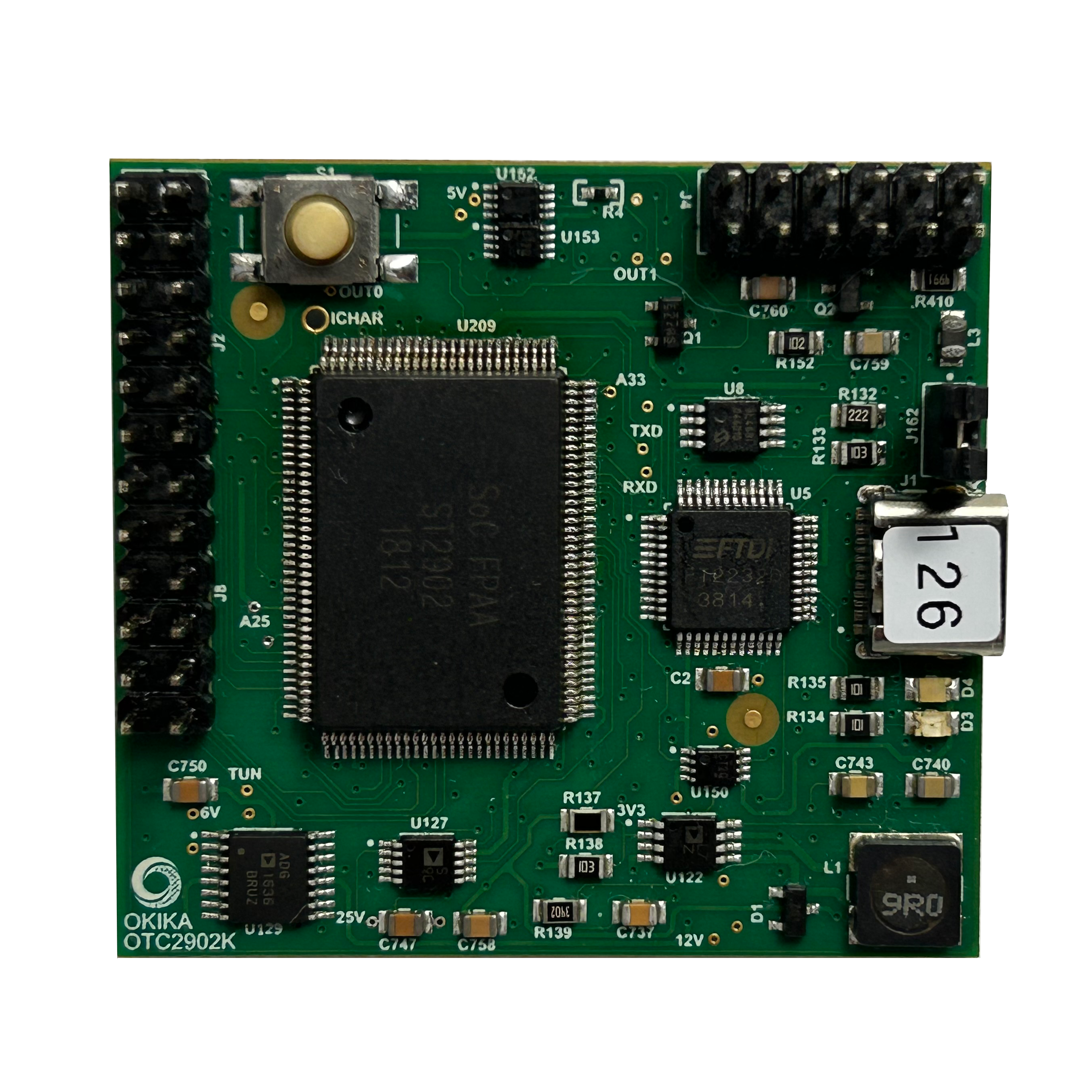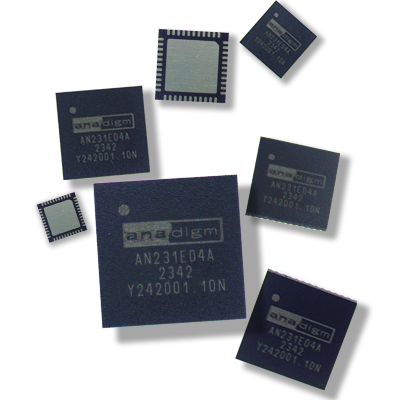Okika introduces an ultralow-power state-of-the-art system-on-chip (SoC) field-programmable analog array (FPAA). This IC allows flexible, programmable analog and digital computation with extensive interfacing options. Built on a 350nm CMOS process, the chip uses a Manhattan FPAA architecture with arrays of computation blocks and routing made up of connection (C) and switch (S) blocks. This design combines analog (A) and digital (D) elements into a platform that works smoothly with compiler tools. The reconfigurable devices include computational analog blocks (CABs), computational logic blocks (CLBs), and routing components that can be programmed to non-binary levels. The system features an integrated 16-bit MSP430 microprocessor for management and user applications. By combining analog, digital, and microprocessor functions, the SoC FPAA enables fast, reconfigurable analog–digital computing and control. Its fabric of interwoven analog and digital blocks supports ultralow-power embedded systems across many applications. This integration results in optimized performance, with high density of programmable elements and efficient data flow handling for accessible, powerful computation. 

SoC FPAAs are purpose-built for multi-channel analog and mixed-signal processing. They perform functions like filtering, amplification, and computation directly in the analog domain—eliminating the need for repeated analog-to-digital conversions. Unlike FPGAs, which require multiple ADCs and DACs (adding latency and signal loss), SoC FPAAs process signals natively, ensuring higher integrity, lower latency, and robust handling of noise or dropouts.
Each Okika SoC FPAA integrates 10,000 digital FPGA gates and a 16-bit microprocessor, enabling seamless analog and digital co-processing.
Key Advantages
-
Lower Power Consumption
SoC FPAAs consume far less power than FPGAs by avoiding frequent data conversions and heavy digital switching. This makes them ideal for battery-powered or remote sensing applications, extending mission duration while reducing size, battery weight, and cost.
-
Functional Integration
Multiple analog and digital functions are consolidated into one chip, reducing PCB complexity, saving board space, and lowering manufacturing costs.
-
Real-time Reconfigurability
Like FPGAs, they can be reprogrammed after deployment—even during operation—allowing adaptation to evolving requirements or performance improvements.
-
Faster Prototyping
Designers can quickly reconfigure analog functions, significantly accelerating development cycles.
-
Floating-Gate Technology
Provides high precision, stability, and analog memory for storing coefficients and states. This ensures reliable signal processing, superior accuracy, and resilience against noise—advantages not easily achieved with FPGA-based analog front-ends.
-
System Efficiency
Offloading analog tasks to the FPAA reduces the burden on microcontrollers or DSPs, freeing them to handle complex, higher-level processing.
Advanced Applications with Machine Learning
Programmed with ML algorithms, Okika’s SoC FPAAs can:
-
Environmental Monitoring – Analyze sensor data to detect marine life, pollutants, or environmental changes.
-
Navigation & Path Planning – Use real-time sensor inputs (e.g., sonar, ocean currents) to optimize routes for autonomous platforms.
-
Data Compression & Transmission – Apply efficient compression to minimize data sent to the surface, saving bandwidth and energy.
-
Health Monitoring & Diagnostics – Predict system failures and schedule maintenance, improving long-term reliability.









